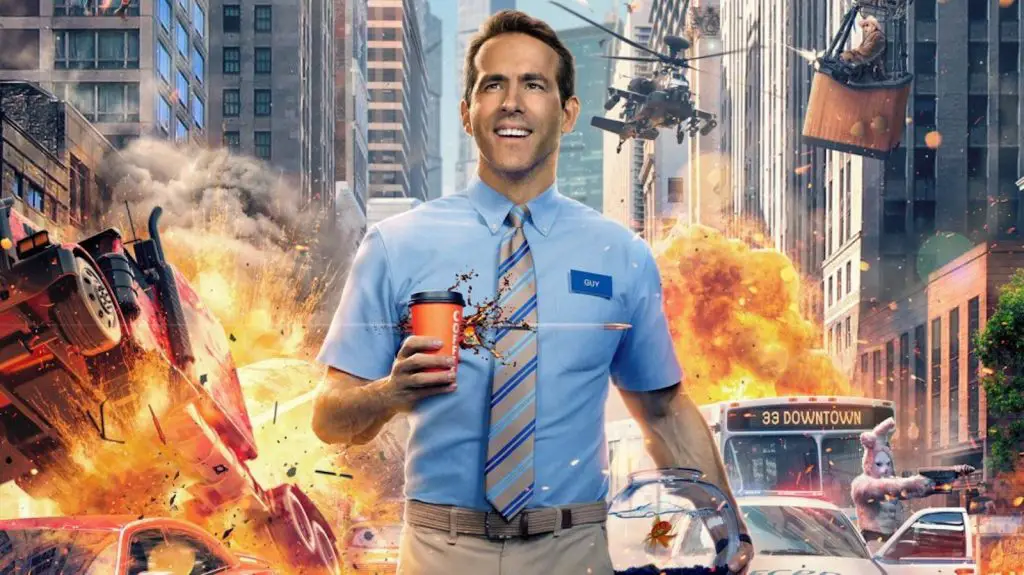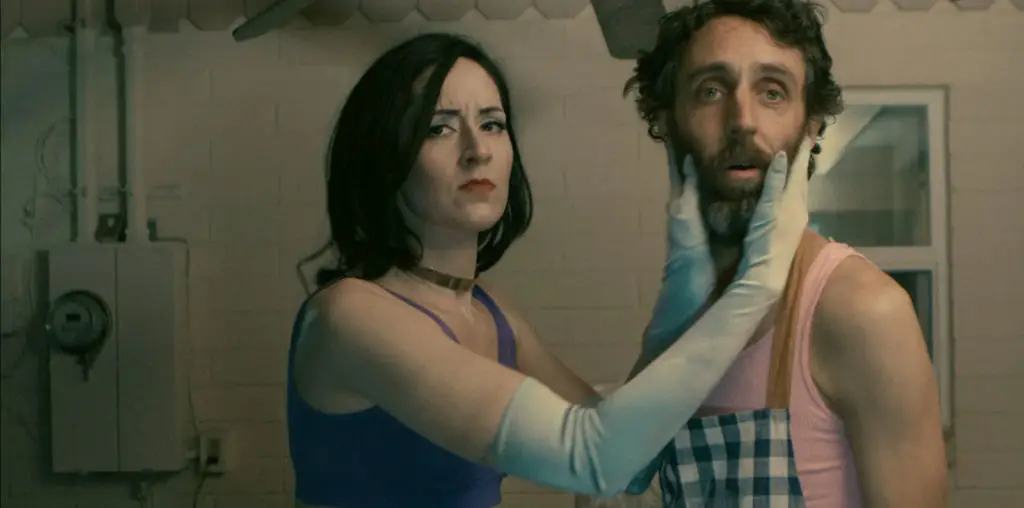
Harry Shearer discards his black-humored charm in his documentary, “The Big Uneasy,” a very important film about Hurricane Katrina’s destruction of New Orleans that should be required viewing for every thinking human being who lives in this world.
One of many controversial issues raised by Shearer is whether or not what happened in New Orleans could have been prevented. Even more disturbing, is that the problems that arose pre-Katrina in New Orleans, are prevalent in many other states throughout the country. Yet most
are completely unaware that these complications exist.
I had the privilege of speaking with Harry Shearer in the interview that follows:
How did “The Big Uneasy” come about?
I made “The Big Uneasy” in reaction to something I’d heard from one of the major network anchors about this story. The person said, “We just feel that the emotional stories are more compelling for our audience,” and I thought that this person encapsulated what was wrong with both the network coverage (including the cable coverage) and some of the documentaries that I’d seen.
Do you have a background in journalism?
Yes. When I was a kid, I worked for Newsweek, and freelanced for the LA Times, the New York Times, and [various] magazines. I also covered the O.J. Simpson civil trial for Slate.com. So yes, I’d had grounding in handling factual material.
Did you have a personal reason for making the film?
Well, I’m a resident of New Orleans, and live there for much of the year.
Were you there when Katrina struck?
I was not there at the time of the flood because I was in Los Angeles working on a doc called, “For Your Consideration.” But [soon after] I took a plane, and got to New Orleans the next day.
Were any members of your family there when Katrina hit?
No, my only family is my wife, and she wasn’t there at the time. I have no history in New Orleans, other than that I went down there in 1988 and fell in love with it— and began spending more and more time there ever since.
Had you ever experienced such a disaster in New Orleans before?
In 1999 I evacuated for one hurricane. That was when my mom was still with us, and was down there. We were the last flight out at that point.
Did you have damage to your property with Katrina?
No.
That was very lucky.
Yeah, that’s why I had the energy to pay attention, and absorb all the information. That’s what I was doing while everyone else was fixing up their places, or arguing with their insurance companies. Each day I was getting more and more frustrated by the fact that the national media were not picking up on the story. I interviewed many of the people on my radio show, but it was clear to me that none of what was happening was impinging on the major media.
Did you approach Maria Garzino, or did she approach you?
She lives in Los Angeles and had heard my public radio show which is on the air down there.
Really…what’s your radio show called?
It’s called “Le Show.” She’d heard my interview with Ivor van Heerden, and she emailed me and said, ‘I have some information for you.’
I asked some folks that I knew and trusted in New Orleans about the hydraulic pumps, and they basically said, ‘No, that’s not really a story.’ So I didn’t get back in touch with her [Maria Garzino] until a public radio reporter in Los Angeles by the name of Molly Peterson did a radio interview with her. When I heard that interview, I knew there was a story and I got in touch with Maria right away.
Maria is very brave isn’t she?
Yes.
Because she still contracts for The US Army Corps of Engineers, right?
Yes.
I’m surprised they haven’t let her go.
Well, she’s protected and they can’t fire her, but they can make life unpleasant for her.
Have they made life unpleasant for her?
I think from time to time they have.
Have people recovered somewhat in New Orleans? I imagine many have never been found.
The recovery has been pretty remarkable, given what people expected. The salient point about the recovery is that it really encompassed no major project of any kind. This has not been, lets build this city in a whole different way… A lot of the planners who came down at the time and said, ‘well, this is a clean slate,’ [miscalculated]. First of all, it was not a clean slate, for a city that’s been populated for over 300 years, and has a wealth of traditions—including the tradition where you’re building houses to deal with the climate and other [aspects] of the environment. So the recovery has been one homeowner at a time, one business at a time… using whatever resources, along with volunteers from around the country, to come back. It’s really remarkable in that sense.
Have the problem with the levees been resolved since the flood?
Well the Corps will be saying that the post-Katrina project has been completed, but it hasn’t been completed. They will [also say] that New Orleans has never been safer. [This] coming from an agency that almost destroyed the city. They’ve built some big things—that gate that you see in the film, but as we point out in the movie, 95% of the problematic flood-walls (the parts that actually broke) were never strengthened or replaced.
And the problems with the pumps?
The problems with the pumps remain. They have now announced that they’re [allowing] contracts for the installation of the replacement-pumps by their own schedule, which will take another 3 years [to implement]. If you go by Corps schedules, the system that was not yet completed when Katrina hit, should have been completed in 1979. So their schedules tend to stretch.
It means that from June of 2006 thru June of 2014, the Corps will have been rolling the dice with these pumps.
Does one upper-level person run the Corps and decide how things will be done?
Well, the Corps of Engineers is a very complicated organization inside the department of the army. So there’s a thin layer of military people, but the vast majority of the people who work at the Army Corps of Engineers are civilians.
Are they primarily accountants?
No, they’re not just accountants. The dark haired woman you saw in the movie is a civilian-engineer, and is the boss of the so-called military commanders in the New Orleans district working on this thing called Task Force Hope, which is a project to rebuild the failed system. So it’s a complex organization— which I think at this point, can be fairly said to mix the worst of a lot of different worlds—military, civilian, private and public.
Was this woman receptive to you?
No, she was very resistant to being in the film. It took 2.5 months until I finally found a mutual friend who could persuade her.
I thought it was very interesting that I couldn’t situate her identity— let alone believe what she said.
Well, what you see is really what you get. What I will say is that virtually everything about the shoot with her was dictated by her.
That is to say: the time, the place, and the duration. It was a very restricted situation but I had no desire to try to load the deck in any way. I said to her— people are criticizing the Corps and you have to respond. So anything you felt in seeing that [footage] is not ascribable to any choices I was making. We went where she told us to go, and set up when she told us to set up. She was, in some ways, running that shoot.
Has she gotten back to you since the film came out?
No.
Are you still in contact with any of the whistleblowers, like Ivor van Heerden?
Yes, I’m in pretty regular contact with Maria and Ivor. They are very pleased with the film and feel fairly dealt with, which was my main goal. I wanted their story to be told in a way that gives weight to their findings and conclusions.
Rick Goldsmith and Judith Ehrlich made “The Most Dangerous Man in America,” decades after the fact, but you told the story of Katrina immediately after she struck. That’s not only important, it’s downright courageous.
Thank you.
Have any higher ups at the Corps gotten back to you in a negative way, since you made the film?
Not officially. The most casual feedback I’ve gotten from the Corps is when we showed the film in Sacramento, and Maria came up with me. Sacramento is the location of her direct superiors at the Corps. Some folks came and by the tone of their questions they were clearly supporters of the Corps or in the Corps. And then there were people who identified themselves as in the Corps but who were supporters of Maria, and came to wish her well.
But there has been no official [negative]-response. The Corps official response to any questioning or criticism is, ‘We’re not looking backward— we’re looking forward.’
Right…Where’s all the money going?
The money is going to contractors to work on these projects.
I wouldn’t say that the Corps is typical of most government agencies, but it may be typical of some agencies inside the Department of Defense in that it has a deep concern for not only maintaining, but expanding, its budget from year to year. And as is pointed out in the movie, it often does this through the mechanism of failing. So it fails and then it gets more money to do it right the next time.
So does that imply that the Corps likes to fail?
Well, I don’t think it implies that it likes to fail, I think the actual mechanism is that there’s no penalty for failure. I don’t care what kind of human endeavor you’re involved with but if there’s no disincentive for failure, you’re going to get more failure.
What was your goal in making this movie?
Basically, [the film came] from frustration that the true nature of this story had not been told after five years—and I wanted to correct the public record to the extent that I could. I wanted to give the people of this country a sense not only of what the danger was in moving forward in New Orleans, but [in] a lot of other cities. Hopefully, with that information there might be a political will to change things. I’m not an activist. I’m just a guy from the comedy-world who happens to have access to these people, and knowledge about the situation— and couldn’t resist doing something about it.


Immediately after the terrorist attack on American soil, master-minded by Osama Bin Laden, the White House ordered a bipartisan national commission to investigate the disaster to make certain it never happens again. A similar thing happened after the BP oil spill and the Challenger explosion.
But its been almost six years and there is still has not been a comparable investigation, ordered by Congress or the White House, of the levee protection failures that failed the people of New Orleans and the nation.
This was a great movie. Some of the most disturbing aspects though include a clear demonstration of how scientists and employees are stifled from speaking out at the risk of losing their careers. These issues are a matter of public safety yet the almighty dollar always seems to be more powerful. Don’t miss this film.
Paul Harris
Author, “Diary From the Dome, Reflections on Fear and Privilege During Katrina”